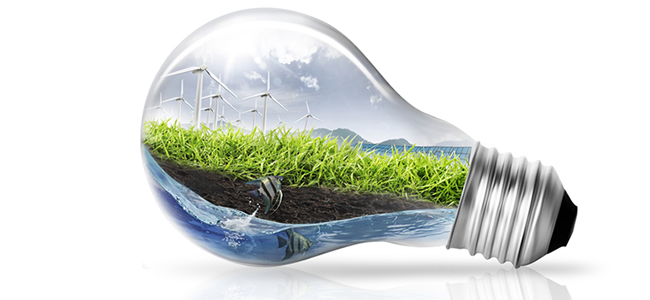 |
Today when I woke up , my eyes fall on an article which was about a 13 years old girl named Meera Vashisht . When I further explored it , I got to know her efforts to light up the dark houses of India .She got encouraged through a science project in her school in Texas ( A PLACE IN U.S.A. ) .When she heard about Indian government's move to replace each of the 77 crore existing bulbs with power saving light-emitting diode (LED) ones. she got inspired and decided to further help people and started collecting money to use it to buy L.E.D. bulbs and donate it to poor families in India . India's ministry of power has planned an awareness function in Delhi in the first week of July ,where she will distribute about 1,600 L.E.D. bulbs .The ministry of power admired Meera 's - out -of the box idea to be a motivating factor for other children to come forward for L.E.D. awareness .
WHY L.E.D. BULBS ?
Most of us are already aware of environmentally friendly processes such as recycling to minimise the amount of waste we produce and reduce our carbon footprint. However, a lot of people are unaware of new and upcoming technologies that we can use to help reduce carbon emissions. A good example of this is LED lighting, which provides many environmental advantages.
Energy Efficient
LED lights are up to 80% more efficient than traditional lighting such as fluorescent and incandescent lights. 95% of the energy in LED is converted into light and only 5% is wasted as heat. This is compared to fluorescent lights which convert 95% of energy to heat and only 5% into light! LED lights also draw much less power than traditional lighting; a typical 84 watt fluorescent can be replaced by a 36 watt LED to give the same level of light. Less energy use reduces the demand from power plants and decreases greenhouse gas emissions.

No comments:
Post a Comment